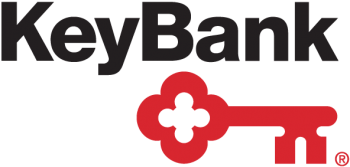News
July 31, 2015UAlbany Researchers Evaluate Higher-Performing Schools Using Common Core Assessments
Through Common Core state assessments, children in New York elementary and middle schools are being held to new, more rigorous standards, for math and English language arts. Yet, despite state-wide adoption, these new policies have been met with both mixed reviews and results. To gain a better understanding of conditions that result in better student achievement outcomes, the New York State Education Department (NYSED) turned to researchers at the University at Albany.
Three professors from UAlbany’s School of Education, including principal investigator Kristen Wilcox, Katy Schiller and Hal Lawson, along with Sage Colleges professor, Francesca Durand, were commissioned to evaluate the impact of both Common Core State Standards (CCSS) and the new Annual Performance Review System (APPR). Specifically, they looked to identify characteristics of high-performing schools, using Common Core state measures such as ELA and mathematics test scores.
The four compared schools whose students consistently do well on annual high-stakes tests, to those whose students get average results. In total, they studied 18 schools; 12 considered “odds-beating” and six considered “typically performing.” The following six key elements were identified as best practices that distinguish “odds-beatings” schools:
- A stable, committed workforce: More than 70 percent of those in “odds-beating” schools, who responded to a survey, indicated that they had worked at the school/district for more than five years. Overall turnover rates averaged about two percent lower than the state average.
- Proactive, adaptive leadership: District and building leaders use a combination of top- down and bottom-up strategies. They are tight on implementation mandates, but loose on performance adaptations in classrooms. They also anticipate and provide resources for adult learning, starting with responsive professional development for teachers.
- Trust and communication: A pattern of vertical (district leaders–school professionals) and horizontal (principal-teacher, teacher-teacher) communication was found in “odds-beating schools,” which created a strong sense of trust.
- A well-educated workforce: “Odds-beating” schools on average had higher rates of teachers with a graduate-level education (beyond the minimum required by the state). Those averages for the “typical performers” were significantly below state averages.
- Shared/distributed leadership: At both district and school levels, leaders of “odds-beating” schools share responsibilities, communicate priorities, and involve others in decision making.
- Ability to allocate resources to priority needs: In the “odds-beating” schools, this includes providing relevant, timely, and effective professional development linked to priorities and embedded in practice.
According to the research, effective elementary and middle schools demonstrative all six of these attributes, not just one, or a few. Together, they provide insight into important factors related to Common Core success.
“This study is important as it provides empirical evidence for recommendations regarding policy and practice, not only within New York state, but nationwide where the CCSS have been broadly adopted,” Wilcox said.
The study was part of the ongoing NYKids project, housed in UAlbany’s School of Education. To learn more about this research or related NYSKids projects, visit the team’s official website.


























